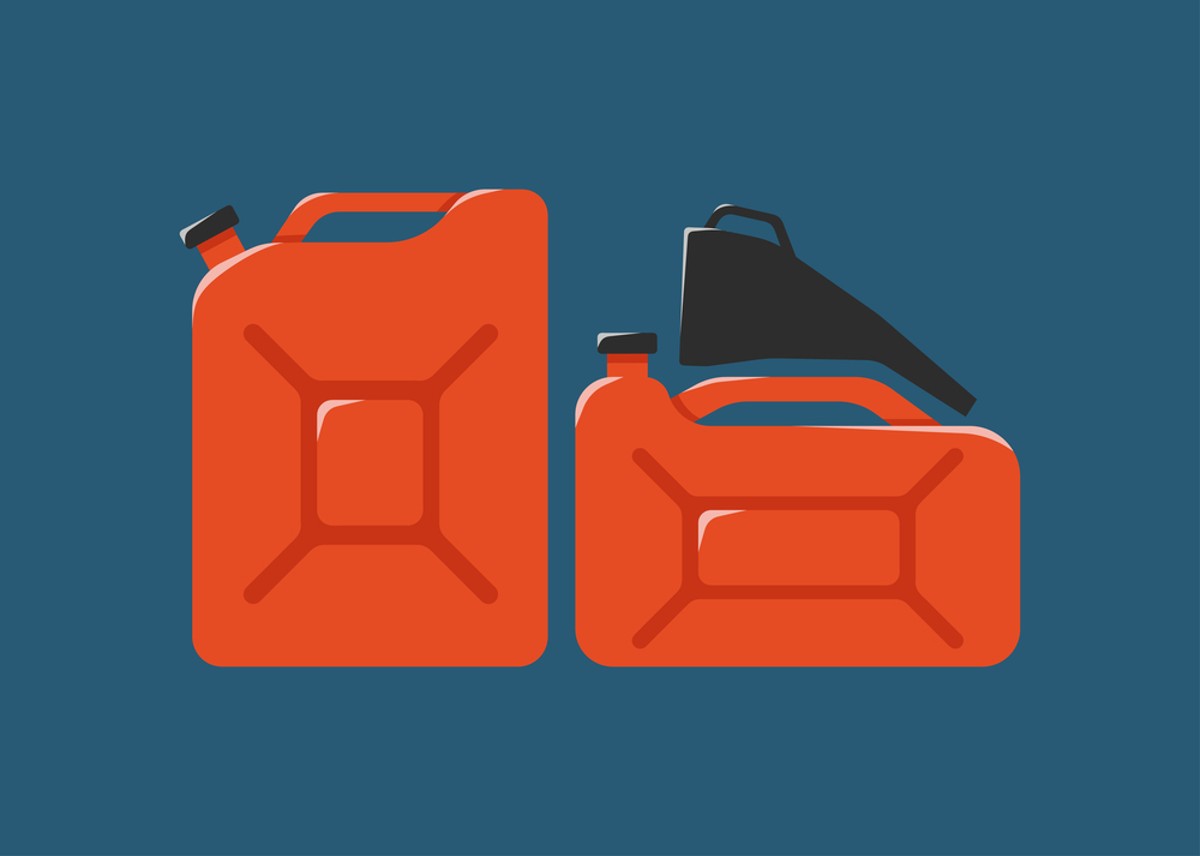Kannák, though potentially unfamiliar to some, plays a significant role in our daily lives. This article dives into the world of Kannák, exploring its definition, historical significance, modern influence, and the challenges it faces moving forward.
The Essence of Kannák
Defining Kannák: At its core, Kannák refers to a specific type of container. These containers come in various forms, most commonly made from metal or plastic. Their primary function is secure storage and transportation of liquids and materials.
The Historical Roots of Kannák: The exact origin of Kannák is unclear, but its history stretches back centuries. Early versions were likely crafted from natural materials like clay or animal hide. As metalworking techniques advanced, so did Kannák, offering a more durable and dependable storage solution. Industrialization further propelled the development of Kannák, creating a need for safe and efficient transportation of various materials.
The Impact of Kannák Today
Kannák in Culture: Beyond its practical applications, Kannák holds cultural significance in some regions. Traditional designs and embellishments on Kannáks can reflect artistic heritage and local craftsmanship. In some cultures, Kannáks might even be used in ceremonies or hold symbolic meaning.
The Economic Influence of Kannák: The Kannák industry is a significant contributor to the global economy. Manufacturing facilities create jobs and stimulate local economies. Additionally, the safe and efficient transportation of goods facilitated by Kannáks keeps supply chains running smoothly, impacting various industries worldwide.
Environmental Perspectives on Kannák
Innovation in Kannák Technology: Manufacturers are constantly striving to improve Kannák designs. Lighter and stronger materials are being developed, reducing the environmental impact of production and transportation. Additionally, research is ongoing to create reusable or biodegradable Kannáks, minimizing waste.
Navigating Challenges for Kannák’s Future
Preserving Kannák: Kannáks, particularly older metal ones, can sometimes leak or become damaged, posing a risk of spills and environmental contamination. Proper maintenance and responsible disposal are crucial in preserving Kannáks and protecting the environment.
Legal Frameworks Affecting Kannák: The materials stored in Kannáks can be hazardous, requiring strict regulations for safe handling and transportation. Governments play a vital role in establishing and enforcing legal frameworks to ensure responsible Kannák use.
Recognizing Risks and Mitigating Side Effects: Improper Kannák use can lead to accidents and environmental damage. Raising awareness about safe handling practices and the potential risks associated with certain materials is essential.
Conclusion
Kannák is more than just a container; it’s a fundamental building block of our society. From its historical roots to its modern applications, Kannák’s impact is undeniable. As we move forward, innovation, responsible practices, and effective regulations will be crucial in ensuring a sustainable future for Kannák.



